Engine Compression Test: What does it reveal about the engine?
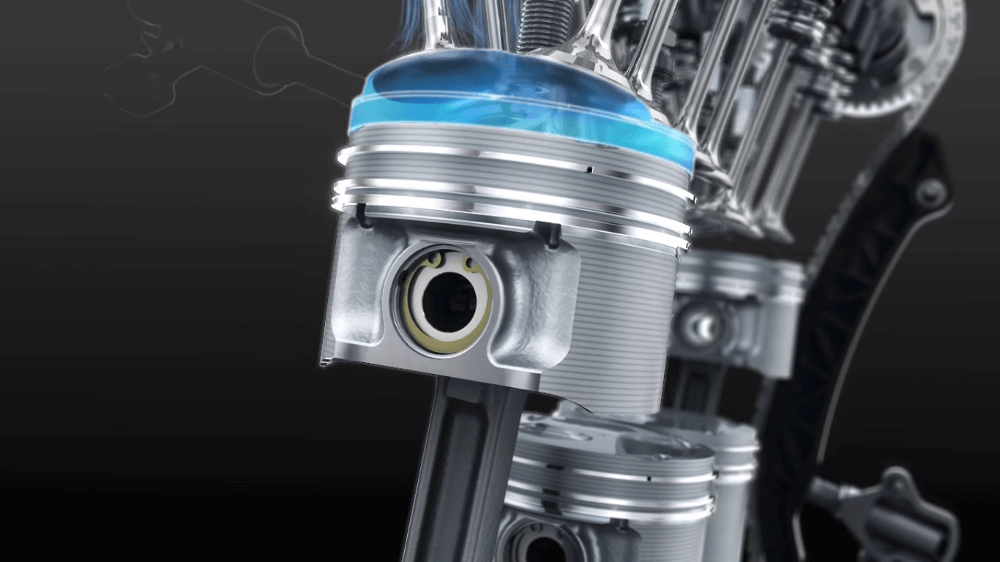
The engine compression test is a method by which accurate information about the condition of the engine is determined. By measuring compression pressures, it is possible to detect leaks in the combustion chamber of individual cylinders.
Leaks in the combustion chamber adversely affect the entire operation of the engine, its performance, fuel consumption, engine oil consumption, the number of emissions produced, and more.
Table des matières
What Is Engine Compression Pressure?
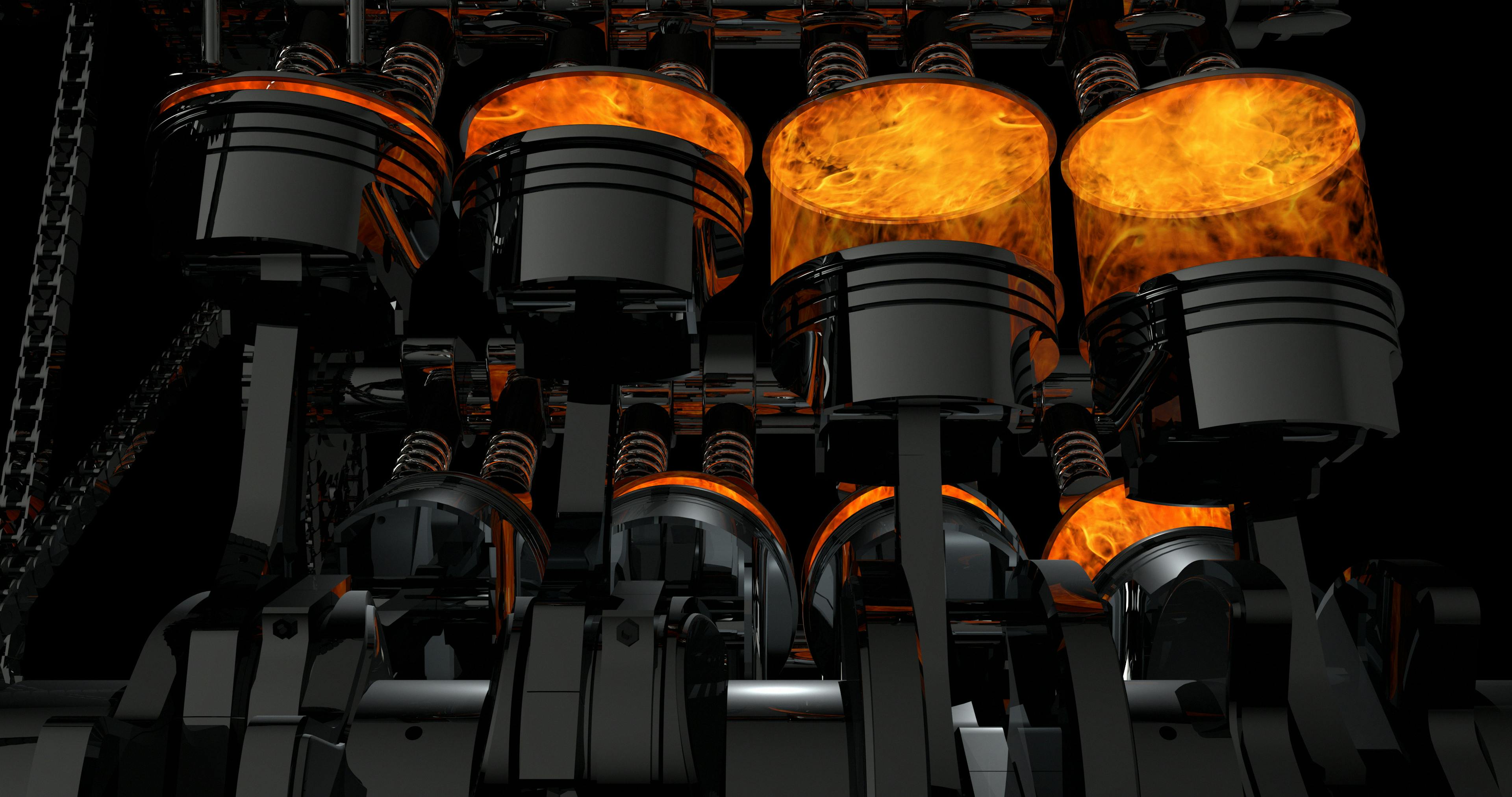
Compression pressure is the maximum achievable pressure at the end of the engine's compression stroke when the mixture is not yet burning. The size of the compression pressure depends on the compression ratio, the engine speed, the degree of filling of the cylinders, and the tightness of the combustion chamber. All these parameters, except for the tightness of the combustion chamber, are determined by the engine design.
However, it should not be forgotten that the compression pressure must be the same in all cylinders. If the combustion chambers are in order, the maximum difference in compression pressures in the individual cylinders is up to 1 bar (0.1 MPa).
Compression pressures range from 1.0 to 1.2 MPa for petrol engines and 3.0 to 3.5 MPa for diesel engines. Therefore, if, during the compression measurement, it is found that one of the cylinders does not reach the value specified by the manufacturer, this indicates a leak in the combustion chamber.
What Causes Loss of Compression?
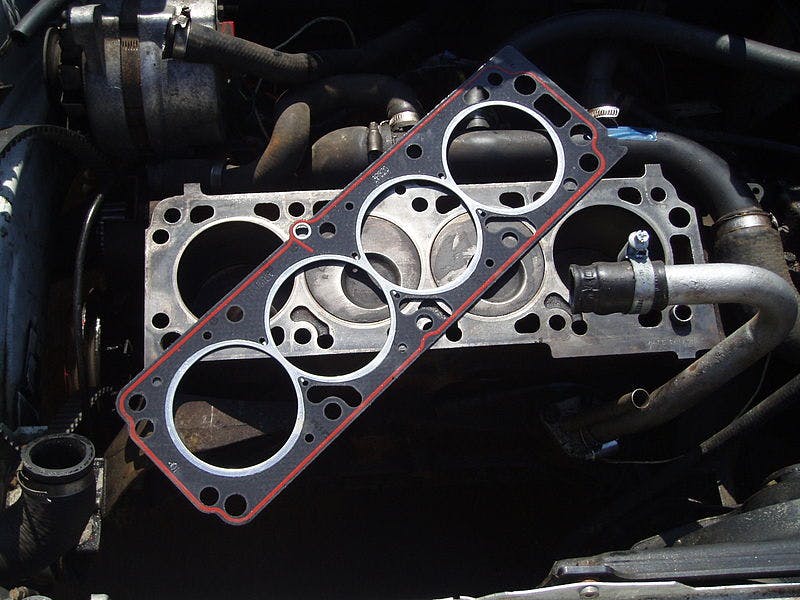
Loss of compression in the combustion chamber, i.e., lower compression pressures are caused by:
Worn or destroyed piston ring
Worn engine cylinder
Damaged or cracked cylinder head
Damaged valve
Damaged valve spring
Worn seat valve
How To Do Compression Test?
The compression pressure of the cylinders is measured using a compression gauge. Before measuring the compression pressure, the engine is warmed up to operating temperature in order to define the clearances between the piston and the cylinder. The compression gauge is screwed into the cylinder head instead of the spark plug.
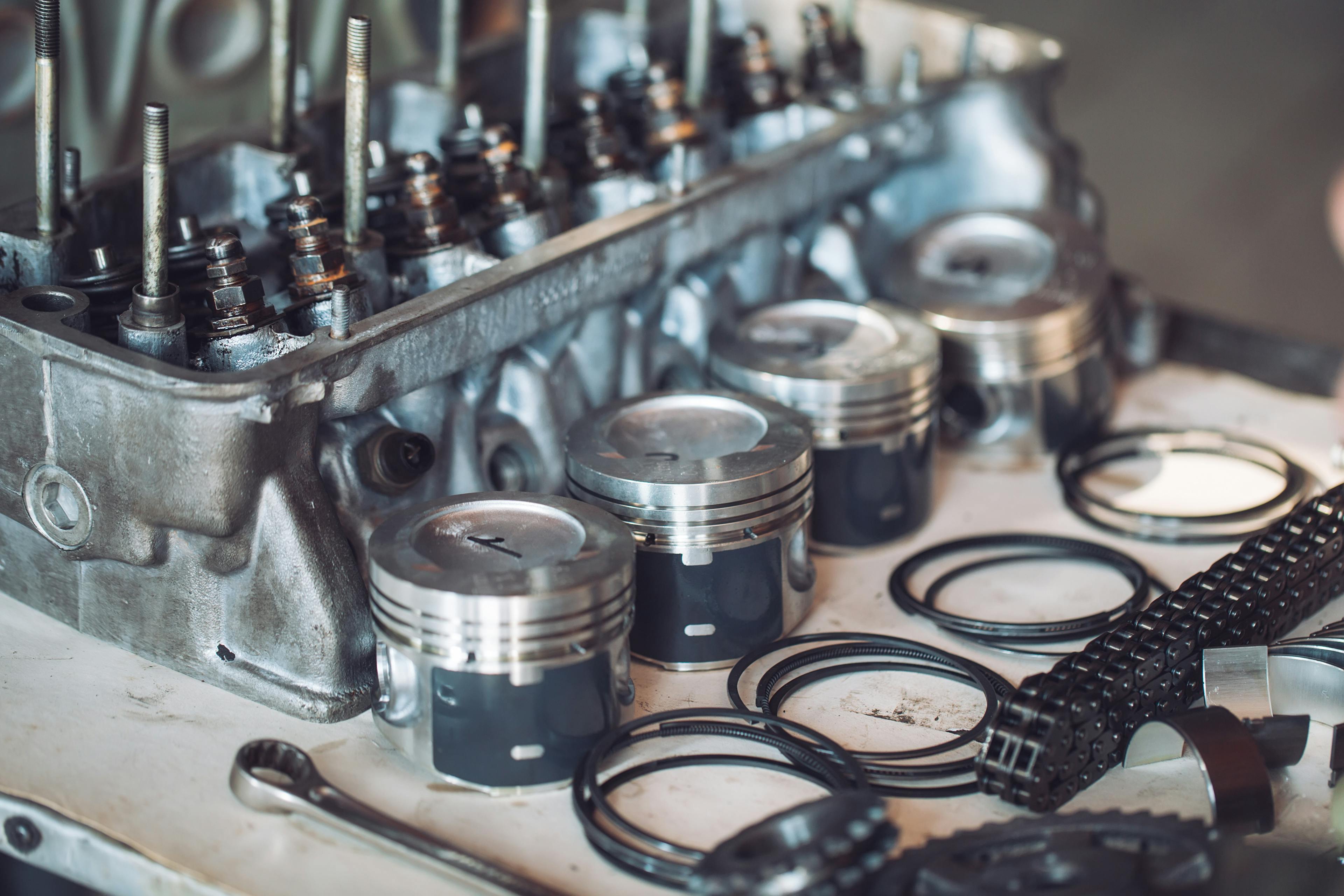
Engine Pistons: How do they work?
The engine is then revved using the engine starter while the throttle valve is fully open (accelerator pedal fully pressed) so the engine can freely suck in air.
The compression pressure is shown on the needle of the compression meter, which records the highest pressure reached.
How To Find Out What Causes the Lower Compression Pressure?
If the compression pressure on one of the cylinders is incorrect, it is necessary to find out what is causing lower compression pressure. Engine oil can help you, which will reveal whether the cause of the leak is a worn cylinder, piston or its piston rings, or other engine components responsible for the leak in the combustion chamber.

Engine Oil Classification Explained
The procedure follows: A small amount of engine oil is injected into the cylinder, whose compression pressure is lower than it should be. For a short time, the oil can fill the leaky places between the cylinder and piston, thus sealing the combustion chamber. After the engine oil is injected into the cylinder, the compression is measured again.

If the compression pressures of the defective cylinder increase during re-measurement, it is almost certain that the defective cylinder, its liner or pistons, or its piston rings will be the cause of lower compression pressure.
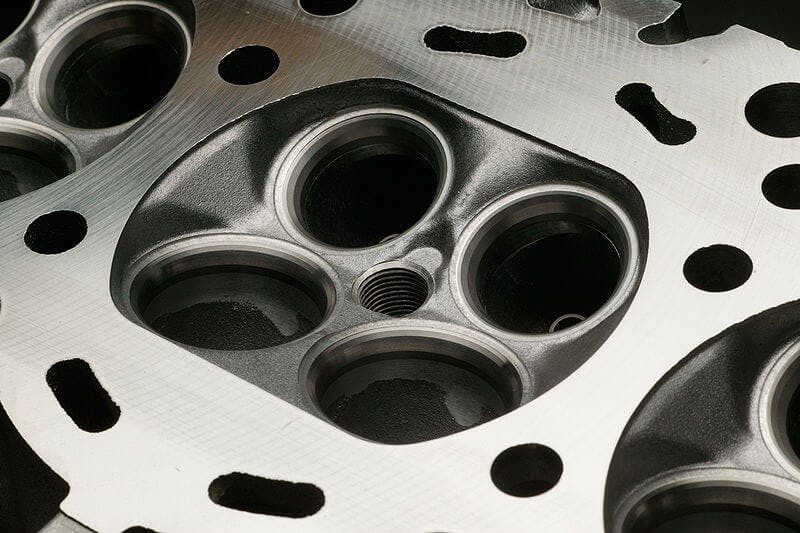
How does a cracked cylinder head manifest itself?
However, suppose the compression pressures of the faulty cylinder do not change. In that case, the cause of the combustion chamber leak is likely to be a cracked cylinder head, a damaged head gasket, a damaged valve, and its spring or valve seat.